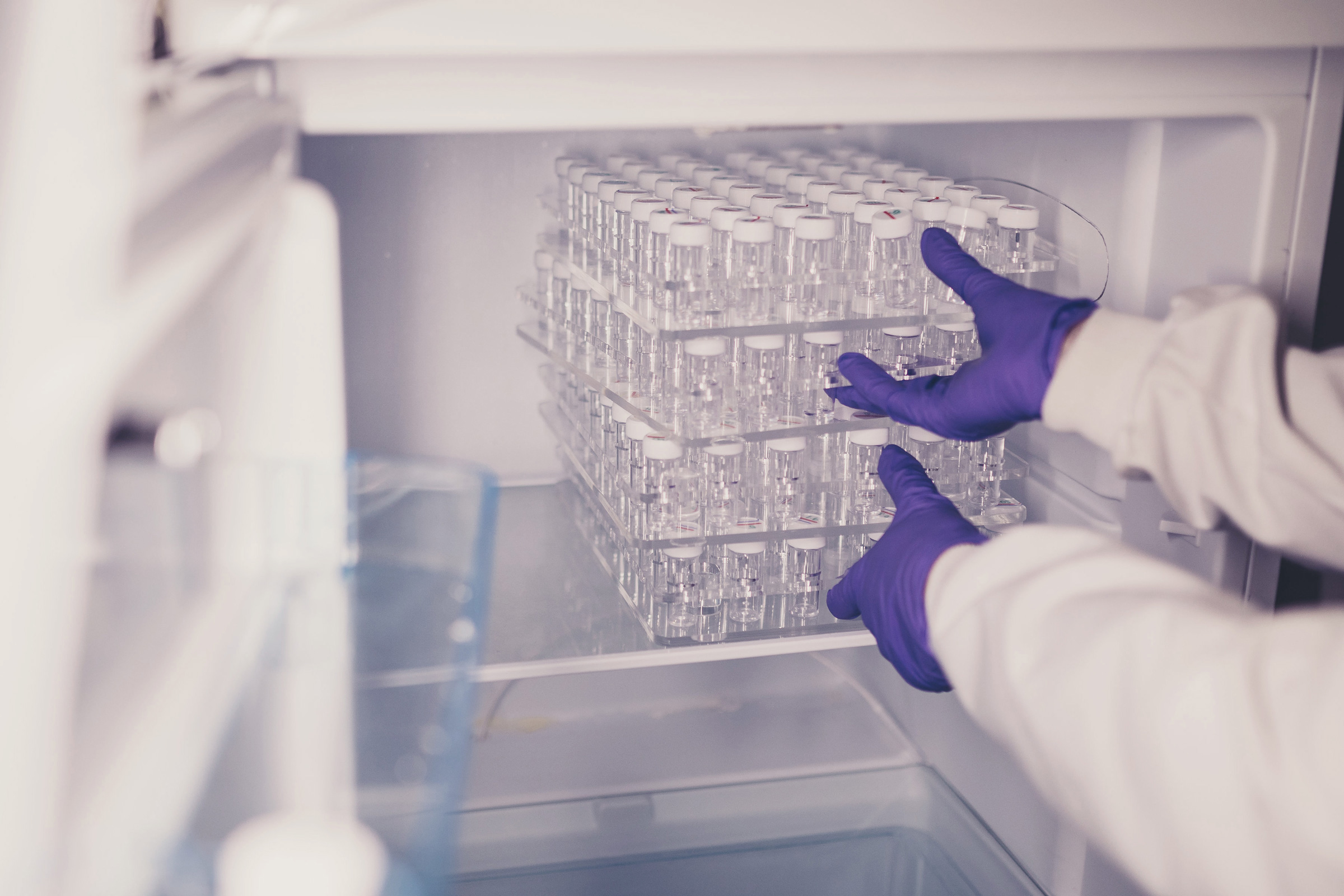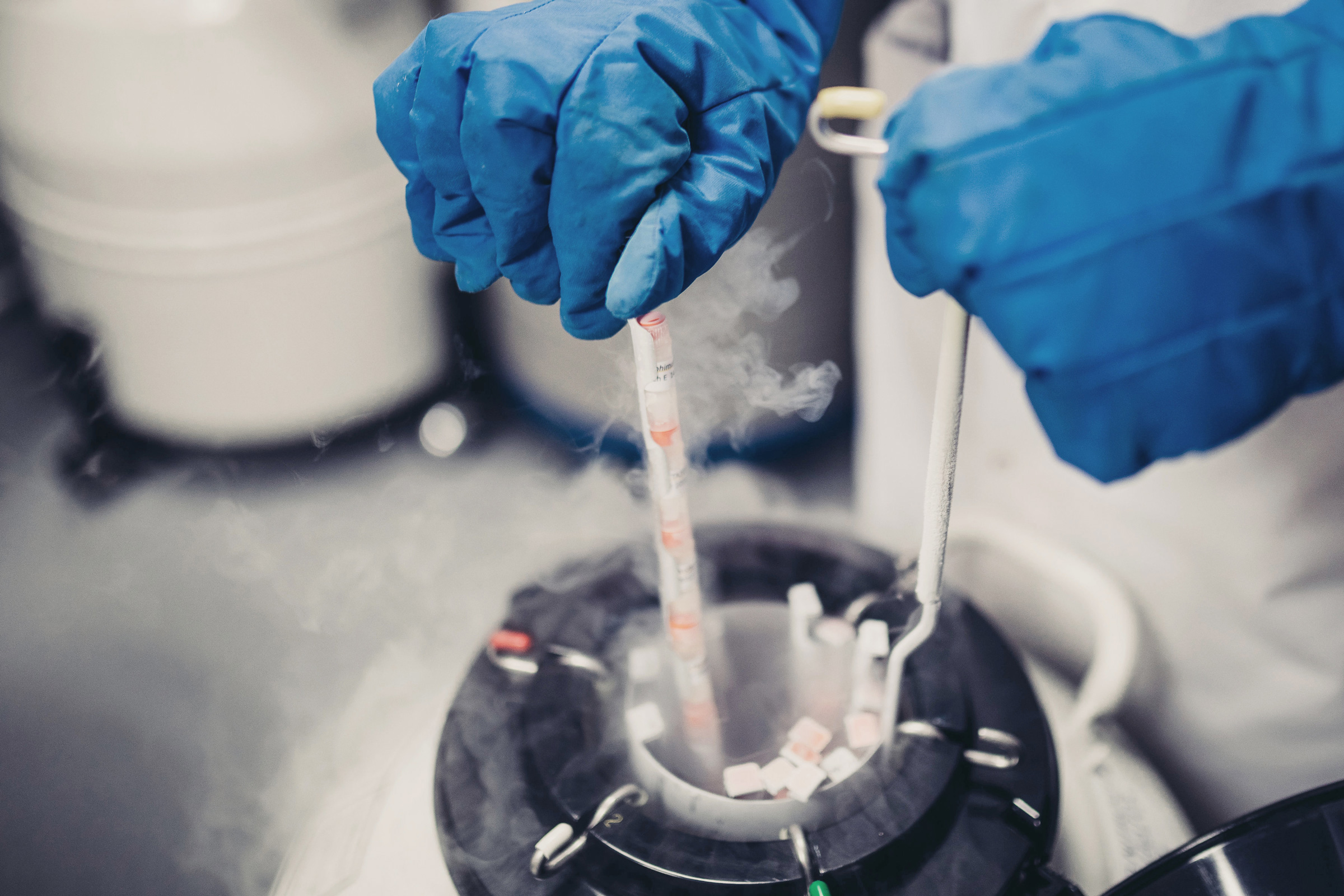OECD 442C: Direct Peptide Reactivity Assay
SERVICE INFORMATION
The OECD 442C direct peptide reactivity assay (DPRA) investigates the molecular initiating event of the AOP for skin sensitisation – haptenation. Utilising HPLC, the potential for the reactivity of a test substance to cysteine and lysine peptides is detected. Depletion of these peptides via test substance reactivity is used to support the discrimination between skin sensitisers and non-sensitisers.
DPRA has been validated and laboratory proficiency under OECD 442C established at Gentronix, with services available in both GLP and non-GLP formats.
| OECD guideline | OECD 442C |
| Adverse Outcome Pathway Key Event | Number 1 – the molecular initiating event (MIE) |
| What is being assessed | Peptide reactivity; the depletion of cysteine and lysine by test substance |
| Why is this important | Covalent binding of a substance to skin proteins is considered the first step in skin allergenicity |
| Test System | HPLC-UV |
| Test Item Requirements | 1 g |
DPRA OECD 442C Proficiency Data
| GENTRONIX RESULTS | ||||
|---|---|---|---|---|
| Test Chemical | in vivo classification | Reactivity Class | DPRA Classification | Classification Correct? |
| DNCB | Sensitiser (extreme) | High | Sensitiser | |
| Oxazolone | Sensitiser (extreme) | High | Sensitiser | |
| Formaldehyde | Sensitiser (strong) | Moderate | Sensitiser | |
| Benzyliden acetone | Sensitiser (moderate) | High | Sensitiser | |
| Farnesal | Sensitiser (weak) | Moderate | Sensitiser | |
| 2,3-butanedione | Sensitiser (weak) | High | Sensitiser | |
| 1-Butanol | Non-sensitiser | No/Minimal | Non-sensitiser | |
| 6-methyl coumarin | Non-sensitiser | No/Minimal | Non-sensitiser | |
| Lactic acid | Non-sensitiser | No/Minimal | Non-sensitiser | |
| 4-methoxy acetophenone | Non-sensitiser | No/Minimal | Non-sensitiser | |




